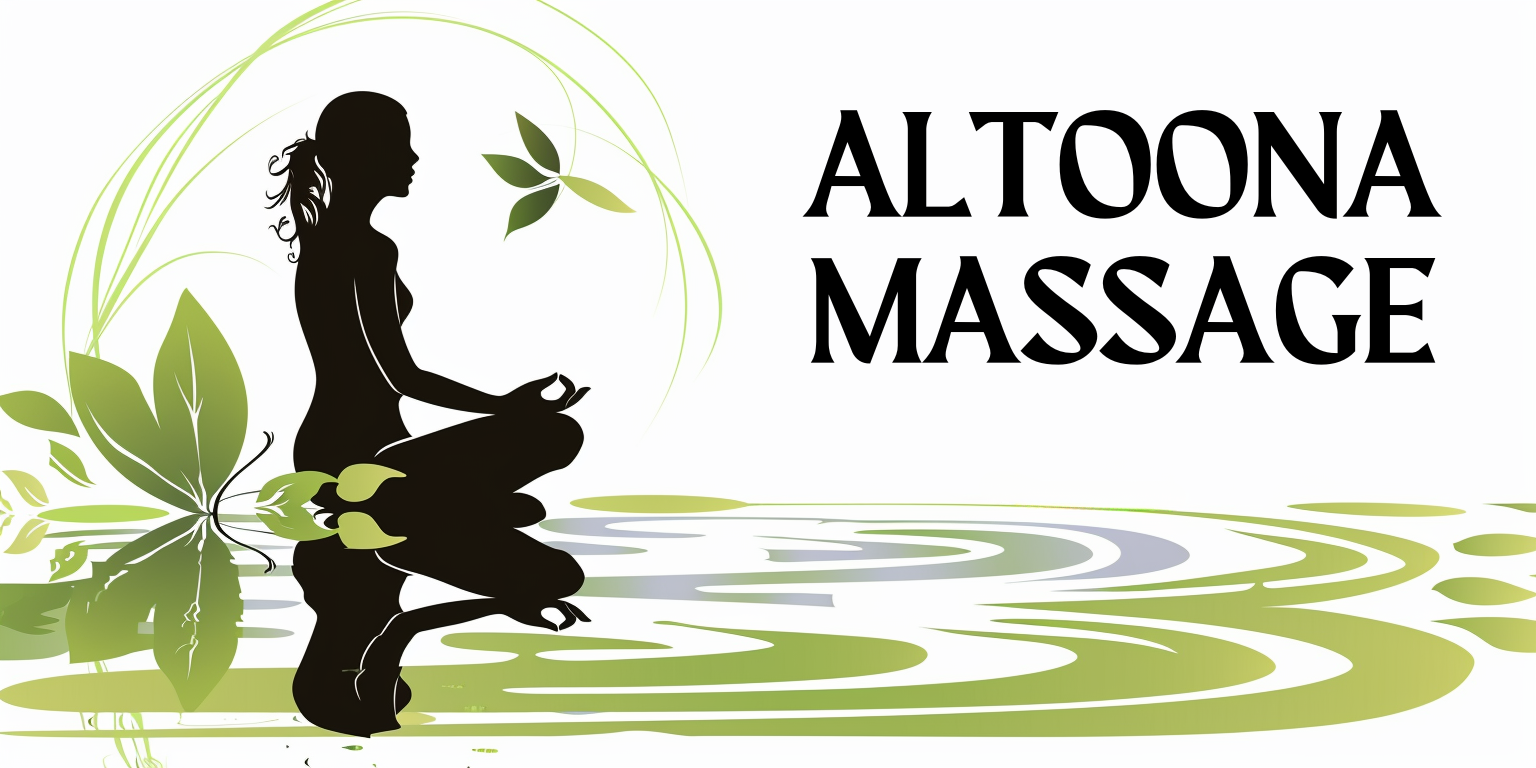Thai massage is an ancient healing practice that has its roots in traditional Thai medicine, which itself is influenced by Indian Ayurvedic principles and Chinese medicine. This unique form of bodywork combines acupressure, yoga-like stretching, and deep tissue manipulation to create a holistic experience that addresses both physical and mental well-being. As you delve into the world of Thai massage, you will discover that it is not merely a physical treatment; it is a journey that promotes relaxation, rejuvenation, and a deeper connection to your body.
During a typical session, you will find yourself fully clothed in comfortable attire, as Thai massage is performed on a mat rather than a massage table. The practitioner uses their hands, elbows, knees, and feet to apply pressure along the body’s energy lines, known as “Sen.” This approach not only helps to release tension but also encourages the flow of energy throughout your body. As you experience the rhythmic movements and gentle stretches, you may find that your mind begins to quiet, allowing for a profound sense of peace and tranquility.
Key Takeaways
- Thai massage is a traditional healing system combining acupressure, Indian Ayurvedic principles, and assisted yoga postures.
- The benefits of Thai massage include stress reduction, improved circulation, increased energy levels, and overall relaxation.
- Thai massage improves flexibility by targeting specific muscle groups and using passive stretching techniques.
- Circulation plays a crucial role in the body by delivering oxygen and nutrients to cells and removing waste products.
- Thai massage techniques for improving circulation include rhythmic compression, joint mobilization, and acupressure points to stimulate blood flow.
The Benefits of Thai Massage
Reducing Stress and Anxiety
In today’s fast-paced world, many individuals find themselves overwhelmed by daily pressures. Engaging in a session of Thai massage can provide a much-needed escape, allowing you to unwind and recharge. The combination of physical manipulation and mindful breathing fosters a state of calm that can linger long after the session has ended.
Relieving Muscle Tension and Pain
Thai massage is known for its effectiveness in relieving muscle tension and pain. Whether you are an athlete recovering from an intense workout or someone who spends long hours at a desk, the targeted pressure applied during the massage can help release knots and tightness in your muscles. This not only enhances your overall comfort but also improves your range of motion, making it easier for you to engage in daily activities without discomfort.
Improving Sleep Quality
Additionally, many people report improved sleep quality after receiving Thai massage, as the relaxation it induces can help regulate sleep patterns.
How Thai Massage Improves Flexibility

Flexibility is an essential component of physical health, influencing everything from athletic performance to daily movements. Thai massage plays a crucial role in enhancing flexibility through its unique combination of stretching and pressure techniques. As you undergo the various stretches during a session, your muscles are gently elongated, promoting greater elasticity and range of motion.
This is particularly beneficial for individuals who may have tight muscles due to sedentary lifestyles or repetitive movements. The practitioner’s use of yoga-like stretches encourages your body to release built-up tension while simultaneously improving joint mobility. You may find that certain stretches target specific muscle groups, allowing for a comprehensive approach to flexibility enhancement.
Over time, regular sessions can lead to noticeable improvements in your overall flexibility, making activities such as bending, reaching, and twisting feel more effortless and enjoyable.
The Role of Circulation in the Body
Circulation is vital for maintaining overall health and well-being. It involves the movement of blood throughout your body, delivering essential nutrients and oxygen to cells while removing waste products. When circulation is optimal, you may experience increased energy levels, improved organ function, and enhanced recovery from physical exertion.
Conversely, poor circulation can lead to various health issues, including fatigue, muscle cramps, and even chronic conditions. Thai massage plays a significant role in promoting healthy circulation. The techniques employed during a session stimulate blood flow by applying pressure to specific areas of the body.
This not only helps to increase the delivery of oxygen and nutrients but also encourages the removal of toxins from your system. As you engage in this therapeutic practice, you may notice an overall sense of vitality and well-being as your body becomes more efficient at circulating blood.
Thai Massage Techniques for Improving Circulation
Several techniques used in Thai massage are particularly effective for enhancing circulation. One such method involves rhythmic compression along the body’s energy lines. As the practitioner applies pressure with their hands or feet, they stimulate blood flow to the surrounding tissues.
This technique can be especially beneficial for areas that may feel stagnant or tense. Another effective approach is the use of gentle stretching combined with deep breathing. As you move through various poses, your muscles are not only lengthened but also encouraged to relax fully.
This relaxation allows for better blood flow and oxygenation throughout your body. Additionally, the incorporation of acupressure points during the massage can further enhance circulation by targeting specific areas that correspond to different organs and systems within your body.
The Connection Between Flexibility and Circulation

The Impact of Circulation on Flexibility
Improved circulation plays a crucial role in enhancing flexibility by delivering oxygen and nutrients to the muscles. When muscles receive adequate blood flow, they are less likely to become tight or stiff, allowing for greater flexibility over time.
The Reciprocal Effect of Flexibility on Circulation
On the other hand, when flexibility is compromised due to tightness or tension, circulation can be hindered as well. Regular Thai massage sessions can create a positive feedback loop that benefits both flexibility and circulation. As muscles become more flexible through stretching techniques, they allow for better blood flow, which further enhances their elasticity.
A Mutually Beneficial Relationship
The interconnectedness of flexibility and circulation means that by focusing on one aspect, you are simultaneously supporting the other. By improving circulation, you can enhance flexibility, and vice versa. This reciprocal relationship highlights the importance of addressing both aspects to achieve optimal overall health and well-being.
Precautions and Considerations for Thai Massage
While Thai massage offers numerous benefits, it is essential to approach it with mindfulness and awareness of your individual needs. Before scheduling a session, consider any pre-existing medical conditions or injuries that may affect your ability to participate fully in the practice. It is advisable to consult with a healthcare professional if you have concerns about how Thai massage may impact your health.
Additionally, communication with your practitioner is crucial. Be sure to discuss any areas of discomfort or specific goals you have for the session. A skilled therapist will tailor their approach to suit your unique needs while ensuring that you feel comfortable throughout the experience.
If at any point during the massage you feel pain or discomfort beyond what is tolerable, do not hesitate to communicate this with your practitioner.
Incorporating Thai Massage into a Wellness Routine
Integrating Thai massage into your wellness routine can be a transformative experience that enhances both physical and mental well-being. Consider scheduling regular sessions—perhaps once a month or every few weeks—to maintain the benefits over time. Consistency is key when it comes to reaping the rewards of this ancient practice.
In addition to regular sessions, you may also explore complementary practices such as yoga or meditation to further enhance your overall wellness journey. These activities can work synergistically with Thai massage by promoting relaxation, mindfulness, and physical flexibility. By creating a holistic approach to self-care that includes Thai massage, you empower yourself to cultivate balance and harmony within your body and mind.
In conclusion, Thai massage is more than just a therapeutic treatment; it is an enriching experience that fosters relaxation, flexibility, and improved circulation. By understanding its principles and benefits, you can make informed choices about incorporating this ancient practice into your life. Whether you seek relief from stress or wish to enhance your physical capabilities, Thai massage offers a pathway toward greater well-being that resonates on multiple levels.
FAQs
What is Thai massage?
Thai massage is a traditional healing system combining acupressure, Indian Ayurvedic principles, and assisted yoga postures. It is a therapeutic technique that has been practiced in Thailand for centuries.
How does Thai massage improve flexibility?
Thai massage involves stretching and deep tissue massage, which helps to improve flexibility by elongating the muscles and increasing their range of motion. The stretching techniques used in Thai massage target specific muscle groups, helping to release tension and improve flexibility.
How does Thai massage improve circulation?
Thai massage uses rhythmic compression and acupressure techniques to stimulate blood flow and improve circulation throughout the body. This helps to deliver oxygen and nutrients to the body’s tissues and organs, while also aiding in the removal of waste and toxins from the body.
What are the benefits of improved flexibility and circulation?
Improved flexibility can help to prevent injury, reduce muscle tension, and enhance athletic performance. Improved circulation can help to boost the immune system, promote healing, and reduce inflammation in the body. Both of these benefits contribute to overall health and well-being.
